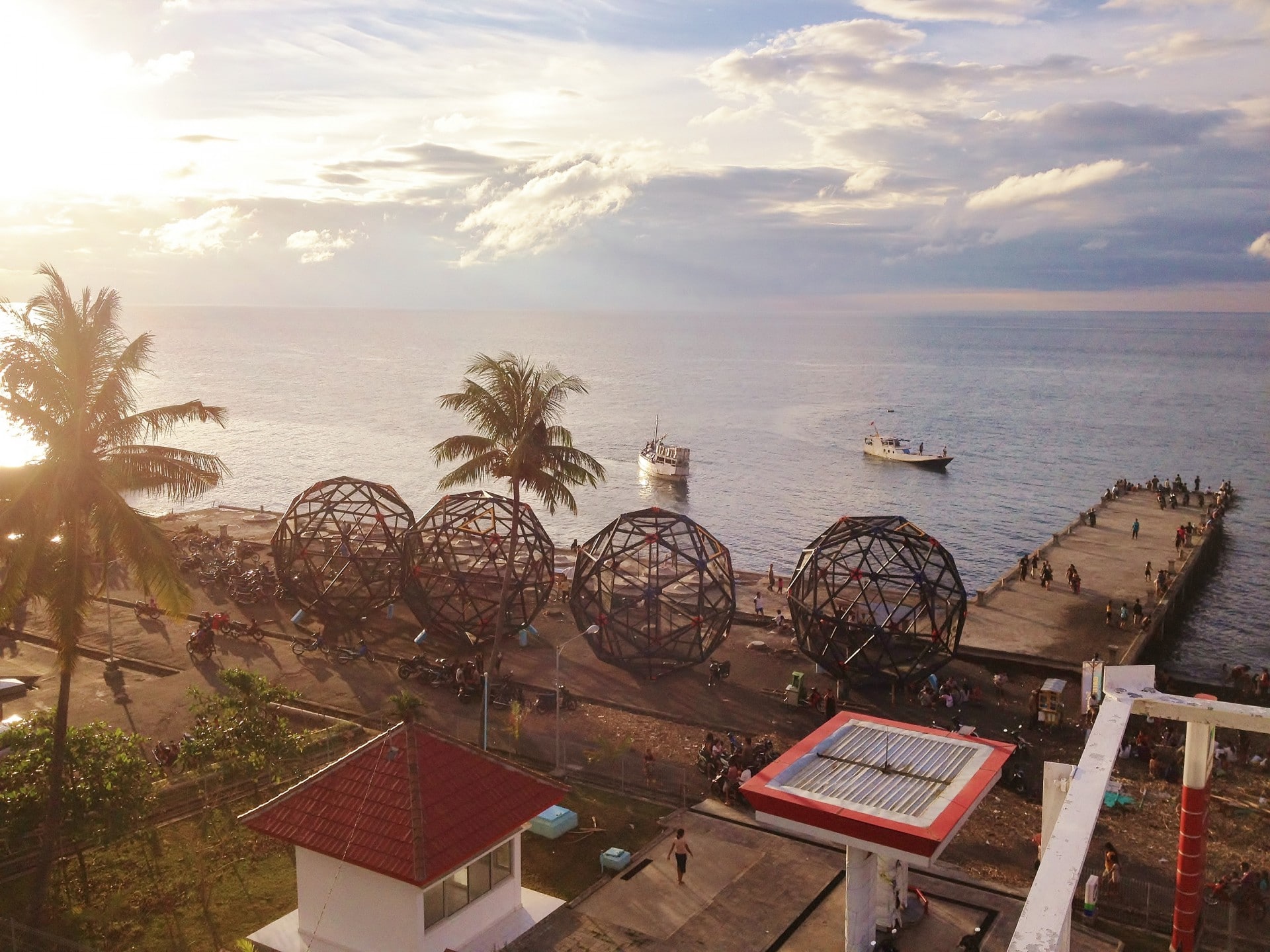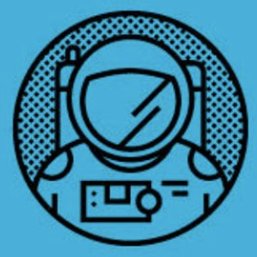Mexico (Guaymas)
This free floating, untethered deep ocean fish habitat looks like a giant underwater hamster ball: Aquapods are giant, free range fish farms that float deep under water and provide a solution to the fact that the world’s seas could soon run out of fish.
On average, people eat four times as much fish now than they did in 1950, and this increasing demand for fish on our plate has lead to overfishing with no time for fish populations to recover. We have had to turn to aquaculture as a strategy to meet the growing demand for seafood.
Aquaculture is exactly what it sounds like – farming fish, crustaceans, molluscs, aquatic plants, algae and other organisms, under controlled conditions. Combined with agriculture, it improves livelihoods, as well as alleviating food shortages for small-scale farmers. However, as current methods of fish farming often involve crowded, tethered pens with poor water circulation, disease is spread and huge amounts of environmental stress are put on surrounding waterways.
Steve Page at Ocean Farm Technologies, based in Mexico’s Sea of Cortez, came up with a solution – a unique containment for marine aquaculture, tethered offshore. The Aquapod is inspired by naturally occurring schools of fish and the ‘geodesic dome’, North American architect Buckminster Fuller’s spherical shell structures.

Recognised by the aquaculture industry for its innovative technology development in the open ocean for more than ten years, Ocean Farm Technologies developed, built and marketed the unique containment system. Launched in 2015 with the merger of OceanSpar and Ocean Farm Technologies, InnovaSea is now on a mission to create the next generation of products for the open ocean fish farming industry.
Today there are a number of Aquapods in use around the globe. Not only are they visually striking, but they continue to help fish farmers raise and harvest tasty, safe, high quality fish to feed the planet’s growing population in a way that’s sustainable and beneficial for the environment.
InnovaSea’s Doug Hanchett tells us:”Our SeaStation is also a unique, innovative design for the open ocean that can be fully submerged as necessary. That allows it to avoid storms and rough seas while still providing fish the many benefits that come with a deep water environment.”

The SeaStation and Aquapod’s unique abilities to change location with the ocean’s current creates less stress on surrounding environments and reduces overcrowding as the fish are free to move in the same way they would in the wild. The fact they are located at least a mile out at sea in deep water means the fish are as wild as they could possibly be, whilst still being farmed – a true free range fish.
With so much demand for fish, could these innovations be the future of fish farming?
AtlasRead: Want to know more about aquaculture? We talk to Aquawoman Conchita Milburn about sustainable fish farming, being a woman in a fishy world – and why catfish are so hardcore.
Bio
Gaby is a wildlife documentary producer with broadcast credits on BBC, National Geographic, Discovery and PBS.
Project leader
David Kelly, CEO and CTO, InnovaSea.
Partners
This project has been selected as part of NatureFutures, a new storytelling project that maps the innovations in wildlife, biodiversity and citizen science and the biologists, engineers, designers and entrepreneurs behind them. Atlas of the Future is excited to partner with the Ministry of Territory and Sustainability of the Government of Catalonia.
Support the Atlas
We want the Atlas of the Future media platform and our event to be available to everybody, everywhere for free – always. Fancy helping us spread stories of hope and optimism to create a better tomorrow? For those able, we'd be grateful for any donation.
- Please support the Atlas here
- Thank you!







If one is interested in this project and make it his own or expand it in his region (South East Asia), how can we transpire to make it a reality?
Hi,
I would like to know what kind of investment is needed for Aquapod fish farming here in India.
I am a resident of the northwest Washington State, the Atlantic salmon fish farms are not eco-friendly. I would love to learn more about the possible placement of geodesic dome farms off the west coast to produce fish and end the danger to our wild fish populations in the Strait of Juan de Fuca. I am not against farming fish only the net farms that produce pathogens and introduce concentrated pollutants to our near shore waters.
heyy, I want to start my business in aquaculture field in Dubai city. I need to know how much it cost to make a geodesic dome
Hi. How do we get in contact with you?
Where can you buy this fish in the United States?
Dear Sirs, I would like to know what kind of investment is needed for Aquapod fish farming here in Indonesia.
I would really like, additional information about this method, if possible any advice or mentor ship would be appreciated.
in one dome, how many fishes can you harvest (on average)?
Just curious as to your thoughts about the risk of poaching once the Aquapods are no longer in fixed locations.
Dear Sir,
I planning to make sea farming. And i can invest for this job. But when i search in the internet, your geodesic farms are incredible. If i want 1000m3 farm, what is the cost? If you directed me, we can coopearation for buying this geodesic farms.
Best regards.
We are interested to benefit from Aquapod technology in Nigeria
Could you please tell me how much it would cost to buy an Aquapod?
Could you please tell me how much it would cost to buy an Aquapod?
Seria mas conveniente revisar nuestra dieta para hacerla mas sostenible. Seria una inversion menor y de mayor impacto ambiental.
Necesitamos alimentarnos de peces?